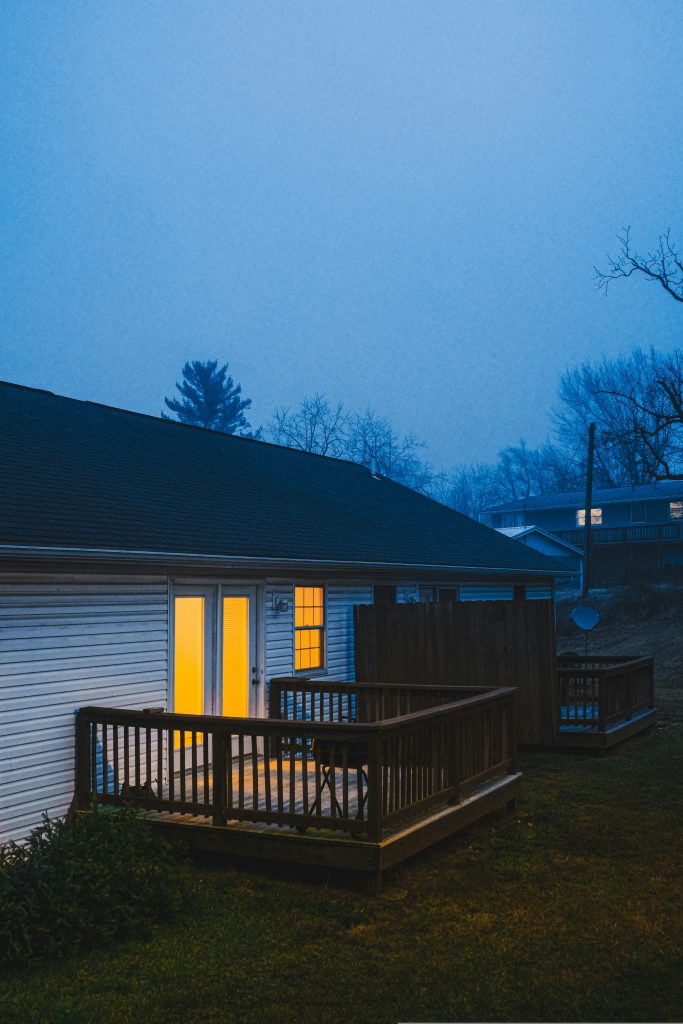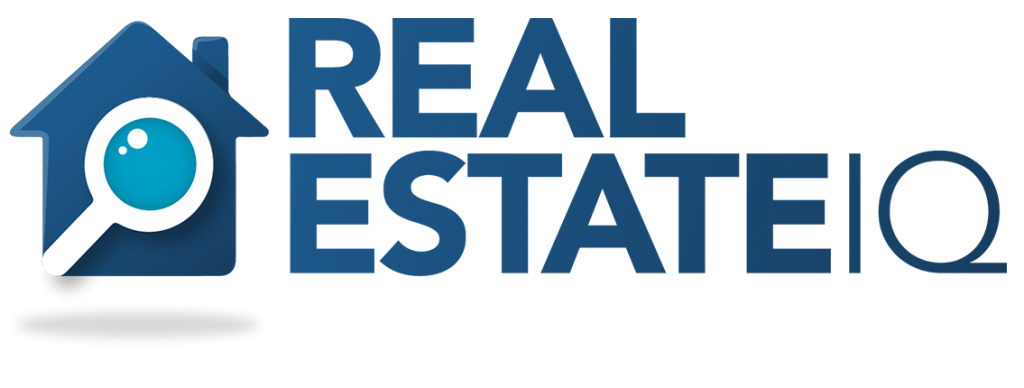This unique mortgage has been a part of the USA’s housing history for so long that sometimes we forget how strange it can be. Yes, it is a “uniquely American construct”, said Greg McBride, chief financial analyst for Bankrate, but don’t forget it’s “a one-sided bet”, according to John Y. Campbell, Harvard economist.
Does the 30-year mortgage fear exist?
Not really. Americans shrug at the idea of being chained to a 30-year mortgage when buying a house because they care more about which cash flow channels their money is likely to move forward to.
For most Americans, buying a house requires taking on a loan. Inheriting a large sum from parents to cover the cost is very uncommon. Mortgage terms typically spread over 15 or 30 years, with the 30-year option being the most popular choice for first-time homebuyers.
This does not mean you can only pay out the mortgage when you almost retire. As income grows, many choose to refinance. It’s about reshaping your mortgage package to pay it off faster. For example, if interest rates drop and your income jumps after 5 years of buying a house, you can refinance and own your home in 20 years, not 30.

Of course, there are certain people who can pay off their mortgages super-fast. But others with strong finances might take a different approach. After a decade of steady payments, they might have saved enough for a second home, even if it means taking on another loan. Their goal is to secure a rental income that covers the mortgage on the second house. Essentially, this strategy aims for the second property to become self-financing, allowing owners to enjoy long-term appreciation without feeling the immediate money strain.
Even though a 30-year mortgage isn’t a huge hurdle, at least for Americans, it still has visible bleak sides, especially when this is not a common thing for the rest of the world, Ben Casselman, a seasoned reporter from The New York Times stated.
He points out that the UK and Canada have their mortgage systems where interest rates are typically locked in for shorter stints. The sting of rising rates gets shared more fairly – new buyers feel it, but existing homeowners don’t get slammed all at once.
Another example, Ben provided, is places like Germany offer fixed-rate mortgages, but switching to a better rate later can be a real difficulty. This means both new buyers facing higher costs and existing homeowners stuck with older, higher rates share the burden of interest rate changes (Denmark is like the US but requires bigger down payments and stricter loan approvals).
It has concluded that compared to other areas across the world, only the US housing market brings out the game of winners and losers. New homebuyers face borrowing costs way above 7.5%, while two-thirds of existing homeowners are locked in at rates below 4%. That’s a big $1,000 difference in monthly payments on a typical $400,000 house.
Back to the question: does the 30-year mortgage fear exist in the heart of Americans? As we believed, not really. In fact, it is a great deal for homebuyers, because they get access to financing with an appealing interest rate, often requiring a lower down payment compared to other loan options.
Tax breaks and investment opportunities also play a role. You might have the cash for a 15-year mortgage, but wouldn’t it be smarter to contribute pre-tax dollars to your retirement account (401k) and get a tax break now? So you manage the mortgage payment and build a tax-advantage retirement fund at the same time. That flexibility makes a 30-year loan more at ease.
Plus, here is the side note. A 30-year mortgage isn’t just about affordability – it can be a springboard for wealth creation. For example, your mortgage rate is 5%, but stocks offer a potential 10% return. By extending your loan term, you free up cash to invest monthly. Your mortgage payment becomes manageable, while your investments have the chance to soar, potentially outpacing your mortgage interest.
There’s another perk to a 30-year mortgage: tax savings. The US tax code lets you deduct your mortgage interest payments, lowering your total tax bill. While paying it off feels good, some homebuyers choose to stretch out their loan to keep this tax benefit.

Still, it’s not redundant to say that while the 30-year mortgage may have been a win for individual buyers, the overall picture for American homeownership is less rosy, “said Edward J. Pinto, a senior fellow at the American Enterprise Institute and a longtime conservative critic of the 30-year mortgage”. Easy access to these government-backed loans fueled demand, but there wasn’t enough focus on building more houses. This mismatch has formed an affordability crisis that goes way beyond recent interest rate hikes. So, it can be claimed that a homeownership rate that’s nothing to write home about compared to other countries.
Forget the mortgage, it’s getting harder to buy a house now
Inflation is back in the race, and the FED has just pumped the brakes on lower interest rates. The New York Fed predicts a bumpy road ahead for mortgage rates, which are about to jump to 8.7% in just one year, and an even steeper climb to 9.7% within three years.
In addition, housing prices are heating up across the US, and it’s not just for those looking to buy. Both buying and renting are expected to cost more next year. Zillow showed that things are especially tough in New York City, where fancy apartments are rented for way more than people are making. Last year, rents in the Big Apple jumped seven times faster than wages.
According to Wall Street Journal, before FED raised its rates in March 2022, a $2,000 monthly housing budget could get you a house over $400,000, but with today’s rates around 7%, that same budget shrinks your options to apartments priced at $295,000 or less.
Hence, there is less doubt that Americans homebuyers are in dilemma. But positive signals are still present. This spring homebuying season witnessed a big surge, for the first time in two years, in existing home sales, said National Association of Real Estate Brokers (NAR). Compared to 2023, sales climbed an impressive 9.5%, reaching a total of 4.38 million homes sold. This even surpassed economist predictions, which hovered around 3.94 million units. So, if you are a homebuyer, buckle up, because the market’s showing no signs of cooling down.

Reece Almond
Disclaimer: The blog articles are intended for educational and informational purposes only. Nothing in the content is designed to be legal or financial advice.

